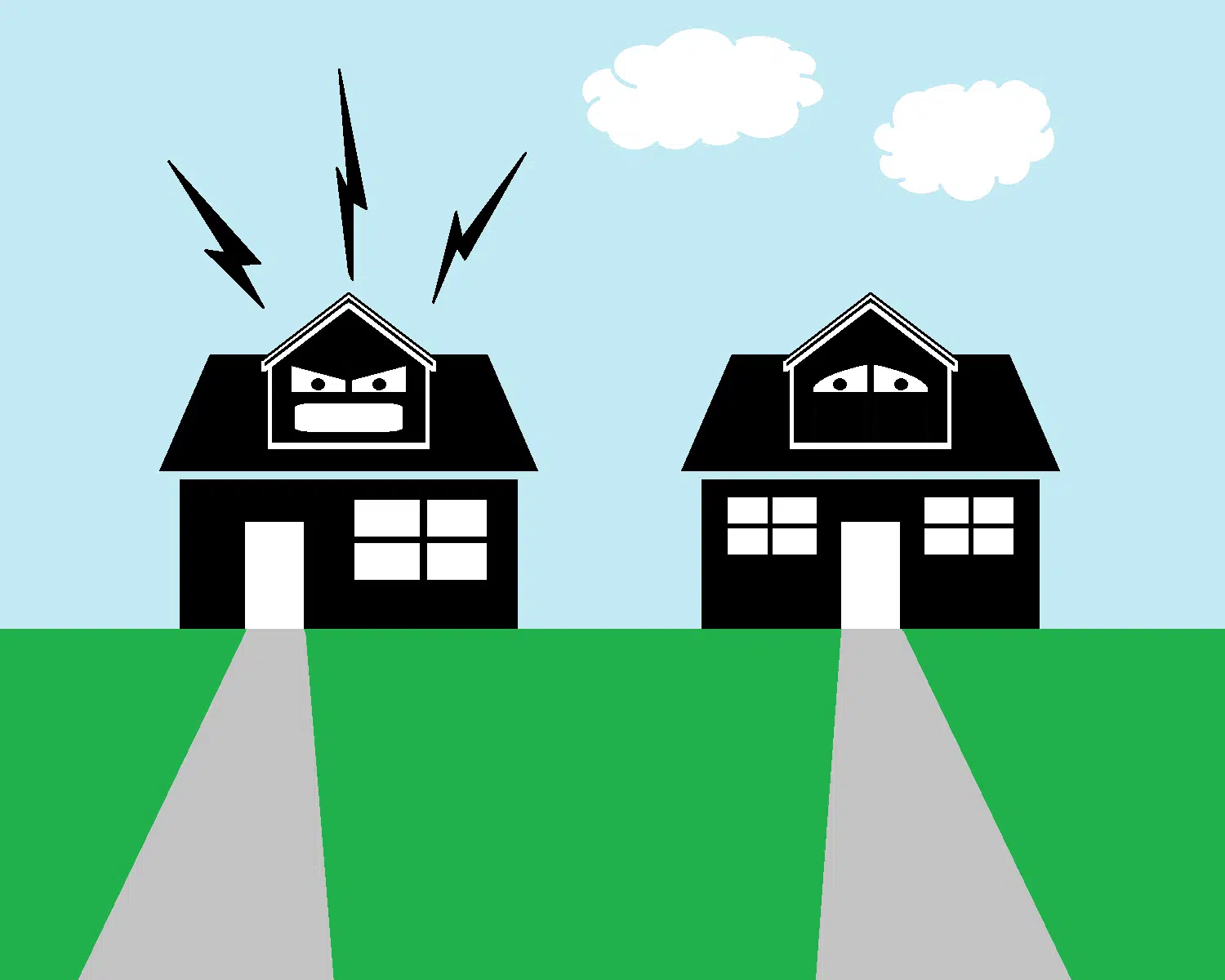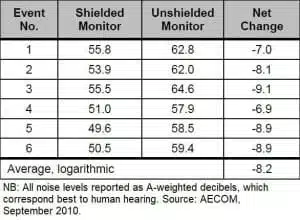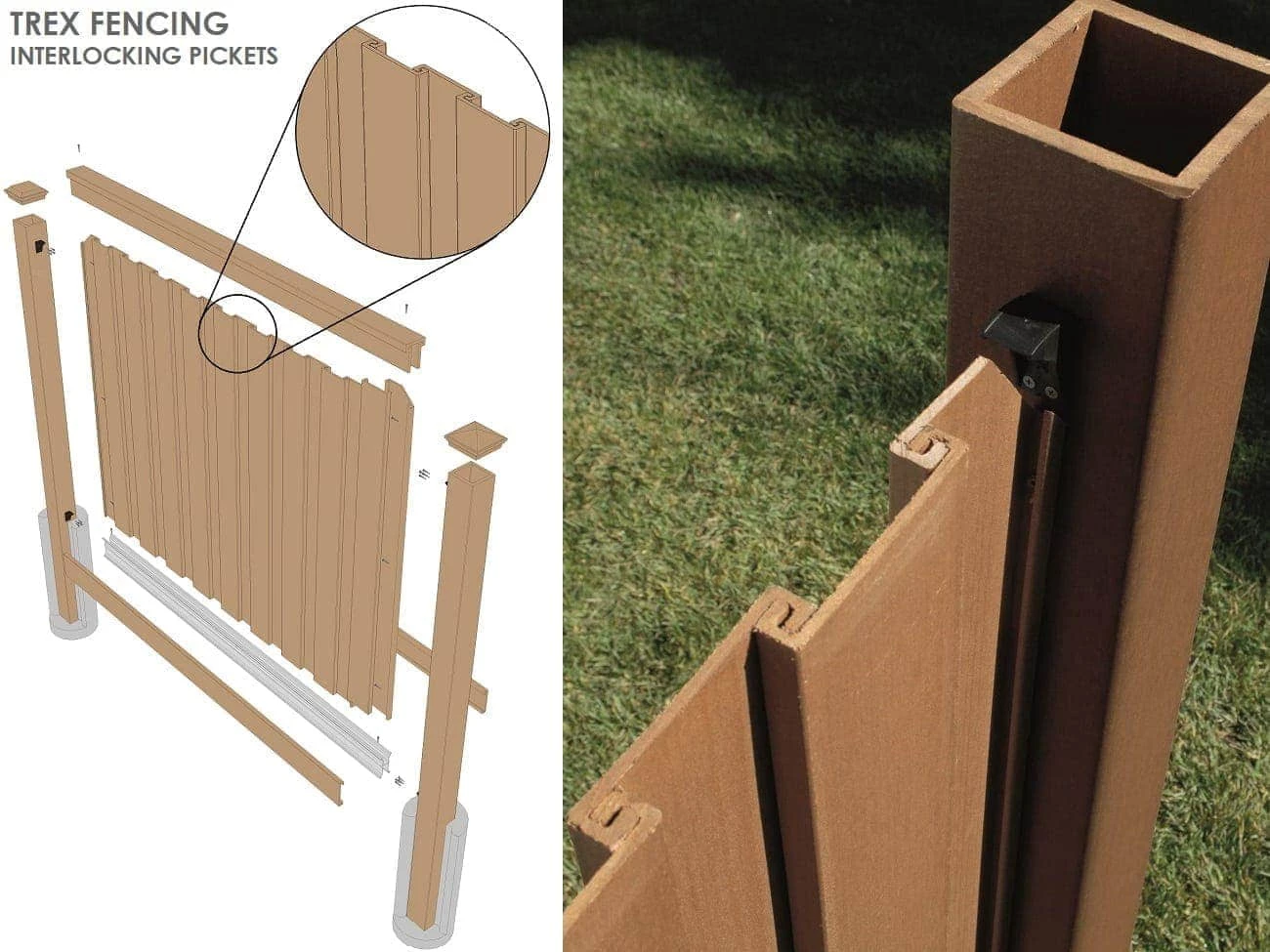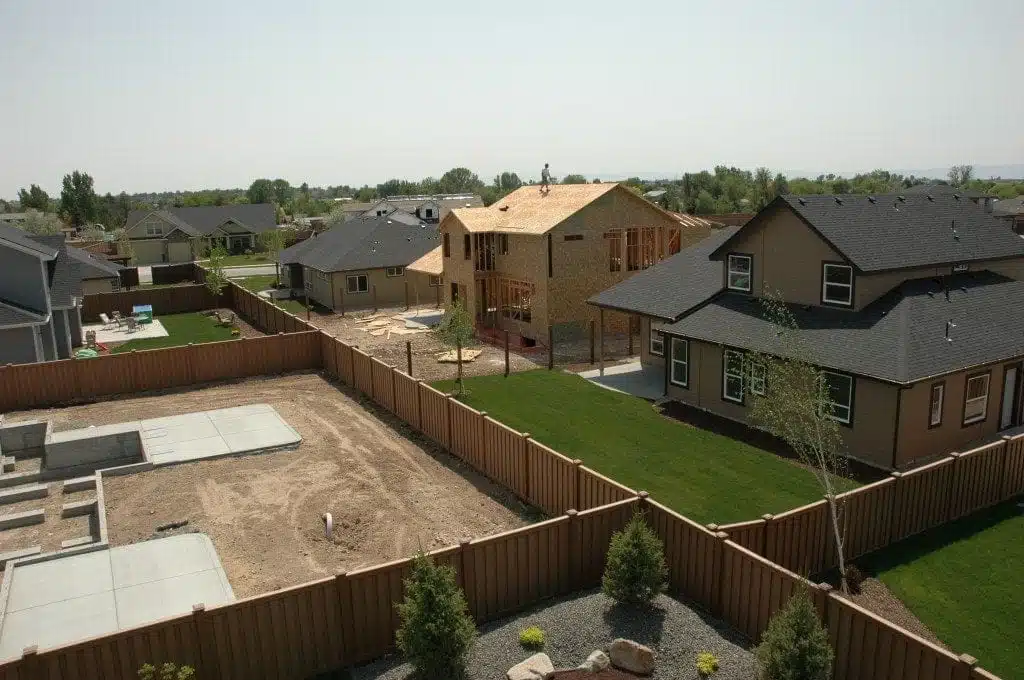
“A few years ago, the US Census Bureau did a survey on what people liked and disliked about their neighborhoods. What they found was that noise was Americans’ number one complaints about their neighborhoods [emphasis added]. The number one reason why they wish to move.” – Ted Rueter, interview for Business Insider
The Problem with Noise
A sound barrier is useful because the social covenant “quiet enjoyment” is a legal term for rules that aim at reducing noise pollution for residents. Most people understand the impact that noise they may generate could have a negative impact on other neighbors and will make an effort to self-regulate. To formalize noise control, managed communities such as homeowner associations (HOA) have rules in their Covenants, Conditions, and Restrictions (CC&Rs) against sound nuisances from residents. However, other environmental factors such as traffic, trains, stadiums, or general urban living are noise pollutants that residential areas can’t always regulate.
While many neighborhoods might not have a problem with loud sounds from ongoing traffic, they will most likely have homeowners with dogs. Dog barks can be remarkably loud: “When a dog barks, it is a minimum of 60 decibels, according to the Southwark Council in the United Kingdom. In some cases, it can increase to more than 110 decibels.” (Cuteness).
Pet noises can be a large enough of a concern that in managed communities, fines for loud pets can range between the hundreds to thousands of dollars (WTTV, KTNV). Barking can cause some serious anxiety both for the homeowners who own the dogs and worry about the noise impact on the neighbors and the residents that do not want to hear the animals.
Noise pollution is not only annoying, it can also raise health problems. Even if we consciously become accustomed to environmental sounds, our body’s nervous system can still be impacted negatively to these noises.
“So, although you may not be aware of it, background noises of traffic, aircraft or music coming from a neighbour are still being processed, and your body is reacting to them in different ways via the nerves that travel to all parts of the body and the hormones released by the brain.” (Australian Academy of Science)
The sweet spot to avoid triggering the nervous system seems to be to keep the noise under the 65 decibels range. “The human ear can tolerate noise up to 85 decibels without damage. Anything louder poses a risk of permanent hearing loss. Yet, studies show that anything at or above 65 decibels can trigger an increase in blood pressure, heart rate, and stress hormones in the blood. Over time, we can get used to these sounds but that doesn’t make them any less dangerous.” (Business Insider)
Sound Barrier Fencing Suppression Testing

This isn’t a minor noise reduction. The human ear doesn’t measure noises in a flat tone, but in ranges. For example, applying a ten weighted decibel (dBA) increase from 50 to 60 dBA will make you perceive the sound as twice as loud. “It takes a 10 dBA increase before the average listener hears “double the sound.” (ABD Engineering and Design)
This is also has a compound affect. The range from 50 decibel to 70 decibel could give us a perception of four times the increase in the sound being heard. “A 70-dB dishwasher will sound about four times as loud as the 50-dB refrigerator…” (Noise Help). Therefore, the acoustic reduction performance perception that a Trex fence provides can be quite significant since it is cutting sound almost by half.
The acoustic test performed by the international transportation and infrastructure engineering firm, AECOM, concluded this about Trex Fencing :
“The results of the field noise monitoring and the independent laboratory product tests indicate that the Trex® Barrier would provide the necessary noise reduction benefits required of environmental noise barrier. Due to the density of the material and the design of the barrier product with overlapping panels, the overall density of the Trex® Barrier exceed the product density recommended by the Federal Transit Administration (FTA) in the Transit Noise and Vibration Impact Assessment guidelines [emphasis added].”
You can read the full AECOM document on it’s test of Trex Fencing here.
Trex Fencing – Designed for Noise Reduction
The Trex fence material and design give it sound barrier qualities. The composite is made from recycled sawdust and plastic film that are compressed and baked to form a dense and thick material. The interlocking pickets remove gaps between the fence pickets and provide an uneven surface to break up sound waves thereby reducing the sound passing through.

Homeowner Associations Choose Trex Fencing
“Love your neighbor: yet don’t pull down your hedge.” – Benjamin Franklin
Trex Fencing is a popular choice with homeowner associations for many reasons. Trex is sturdier than vinyl, requires almost no maintenance compared to wood, and is more attractive and durable than most other materials. Besides the full privacy benefit for a community, Trex is also popular as a sound barrier around association properties. Many residents have roadways that run behind their backyards. A Trex fence will give homeowners peace of mind (and ears) as it blocks the harsh sounds of traffic.
For added noise abatement, some HOAs might need perimeter fencing that’s 12 ft. tall or taller if elevated noisy roads or train tracks are on the other side. While any fence will not provide the same sound resistance as a thick concrete wall, Trex is an excellent option if a tall concrete wall is not affordable or desirable.

Conclusion
Studies show that noisy environments can cause health and sleep problems due to the nervous system’s response to them even when we have consciously become accustomed to the sounds. It’s not surprising then that noise is the most common complaint between neighbors. Noise from traffic, trains, neighbors activities and music, dogs and more also affects property value (Realtor.com). Trex Fencing is a fantastic option for helping maintain the covenant of “quiet enjoyment” in your neighborhood. Whether the noise is coming from your property or from your neighbor’s, you will be relieved knowing that noise reduction benefits you either way.


